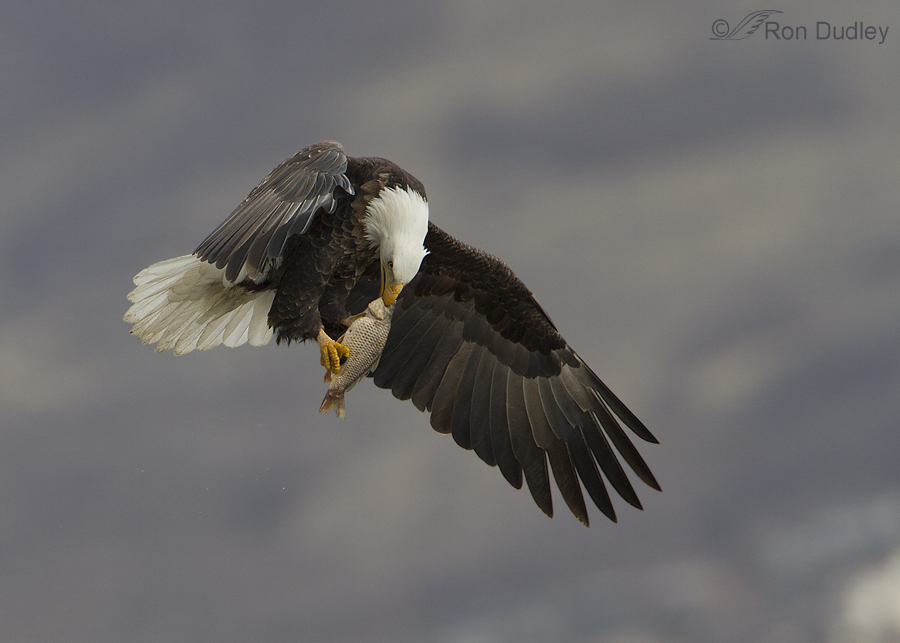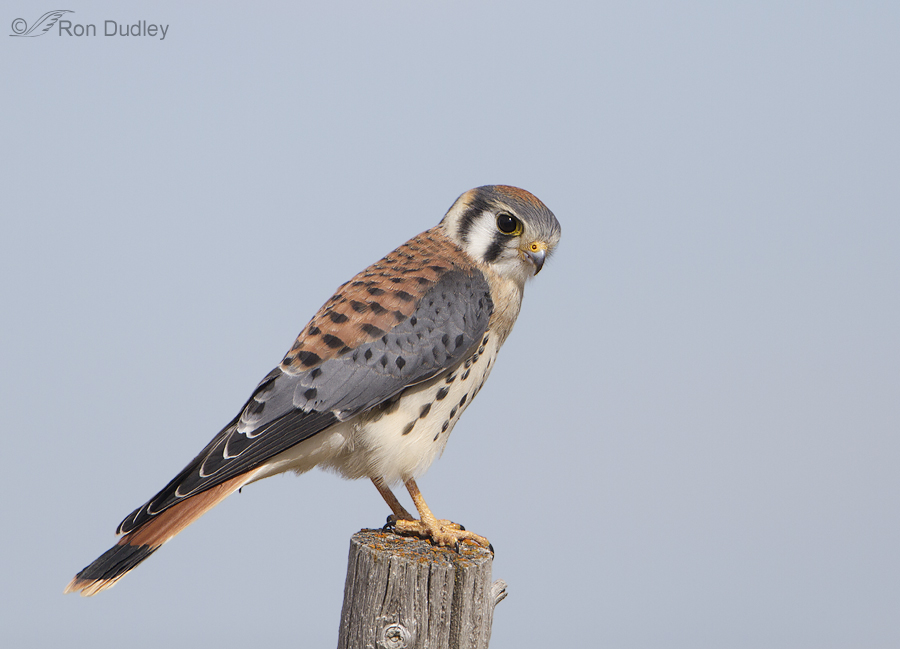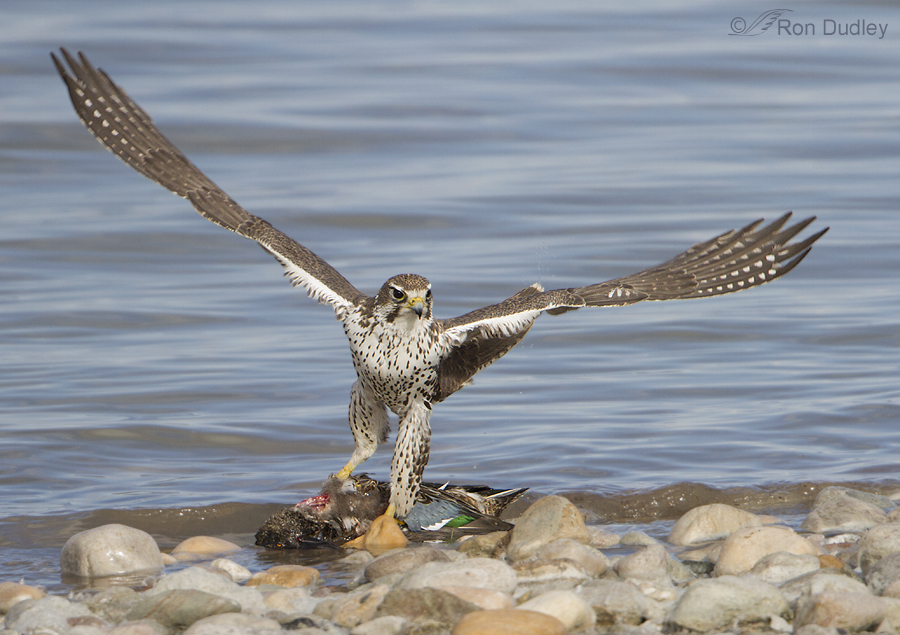American Kestrel In Fog

Images of birds in fog often have a unique mood and “feel”. The tendency of many photographers is to attempt to minimize the effects of the fog during processing but I try to resist that temptation and let the image sink or swim on its true merits.
Fog tends to reduce detail and color saturation and causes the subject to appear slightly overexposed. It also often results in high key backgrounds. Some of those effects can be reduced by increasing contrast/saturation during processing but then you are losing the mood provided by the fog in the first place. All I’ve done with this image is crop and sharpen.















